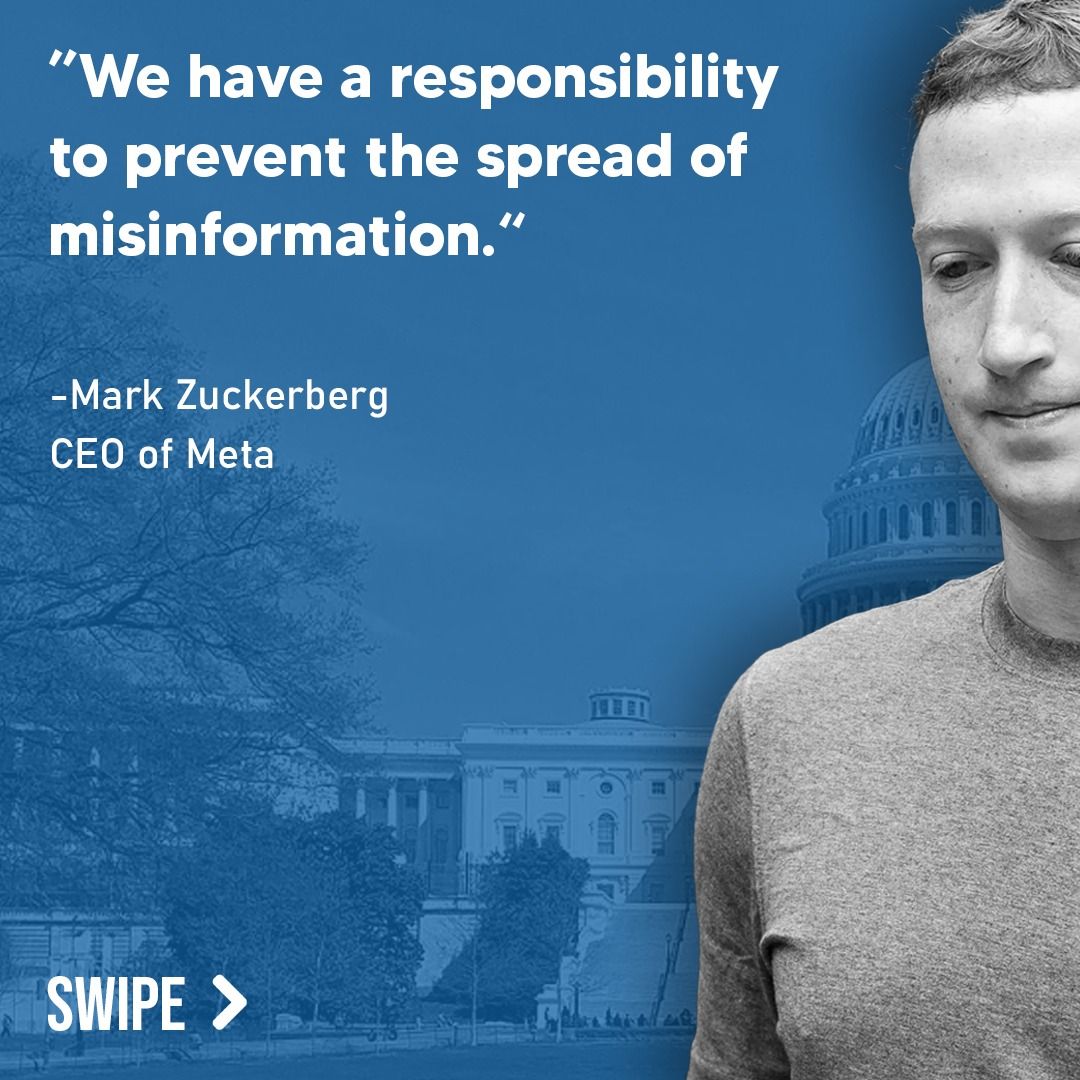
Introduction
This article from The New York Times discusses Columbia University’s response to demands from the Trump administration regarding antisemitism policies on campus. The headline suggests that faculty members are protesting university concessions, raising questions about whether Columbia’s compliance is voluntary or simply a means to secure continued federal funding.
Historical Context
Columbia University, like many other higher education institutions, receives substantial federal research funding. These grants support projects in medicine, science, and engineering. Over the years, universities have had to balance academic freedom with government mandates, particularly when funding is on the line. Under the Trump administration, policies related to antisemitism and campus speech have escalated tensions between academic institutions and the federal government.
Fact-Checking Specific Claims
Claim #1: Columbia’s changes were completely voluntary
The article implies that Columbia University’s new policies were voluntary decisions by the administration. However, the text also acknowledges that these actions were taken under the pressure of a potential loss of $400 million in federal research funding. This context suggests that the university’s concessions were at least partially in response to external financial leverage rather than entirely independent policy choices.

Claim #2: The Trump administration considers Columbia’s changes a ‘first step’
The article states that the Trump administration called Columbia’s actions a “positive first step” and notes that these changes are viewed as a precondition to further discussions about restoring grants. This is accurately reported. In fact, the statement from Josh Gruenbaum confirms that additional requirements or reforms will likely be necessary before any funding commitments are reinstated.

Claim #3: Columbia’s administration cooperated fully with federal requirements
While the article relays Secretary Linda McMahon’s statement about Columbia’s cooperation, it does not mention any internal resistance from faculty or university stakeholders. Faculty protests indicate that not all members of the university community support the concessions Columbia has made, which adds important missing context to the idea of full institutional cooperation.

Conclusion
While the article provides accurate reporting on Columbia University’s policy changes and the Trump administration’s response, it lacks crucial context about the extent of voluntary compliance versus financial coercion. Additionally, the article does not sufficiently address internal opposition from Columbia faculty, which could affect the implementation of these policies. Readers should approach the claims critically, recognizing both the financial pressure behind the university’s decision and the ongoing internal debate.
Encourage Readers to Take Action
Want to ensure you’re always informed with unbiased fact-checking? Download the DBUNK app today for real-time analysis of news articles.

Link to Original Article

